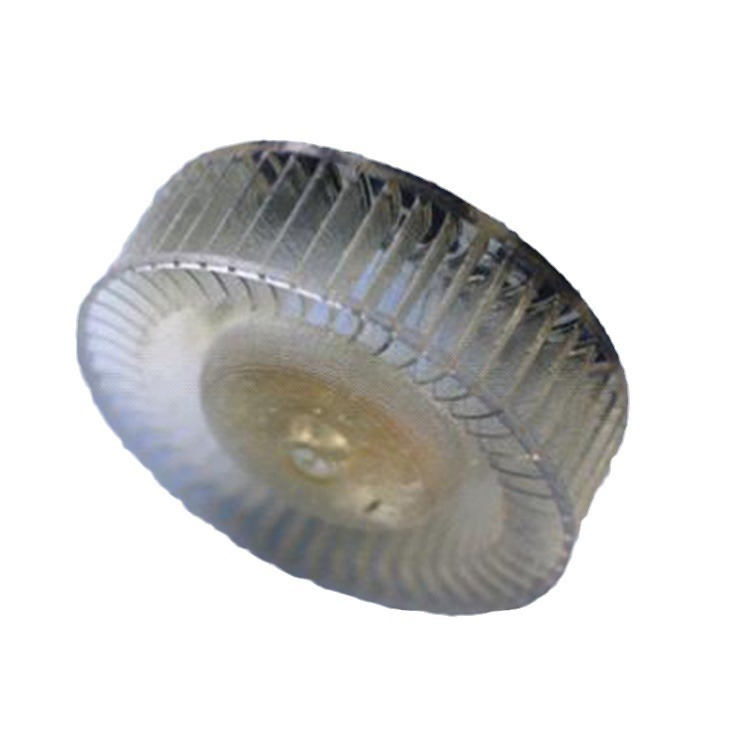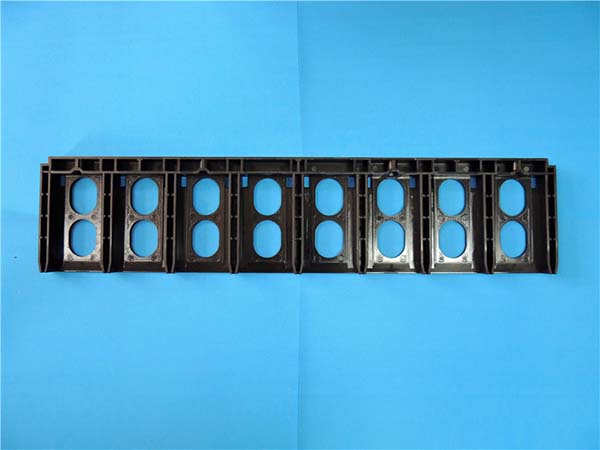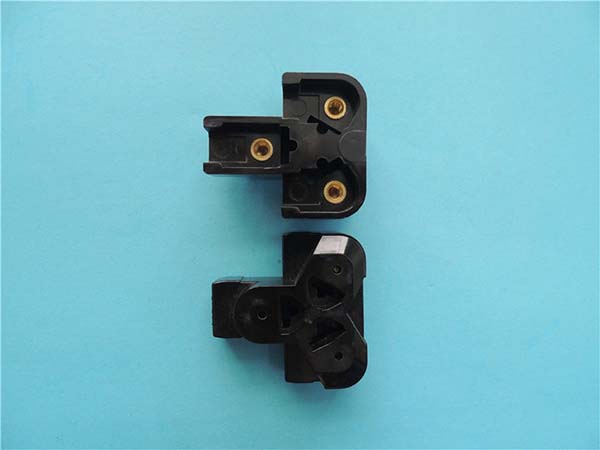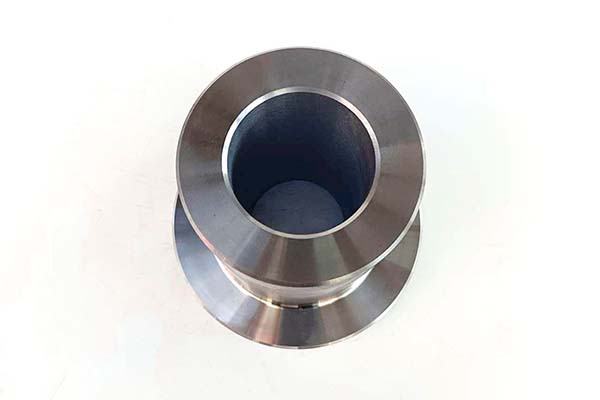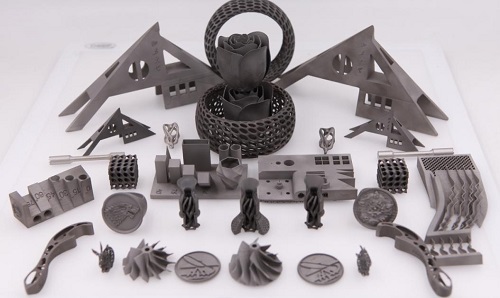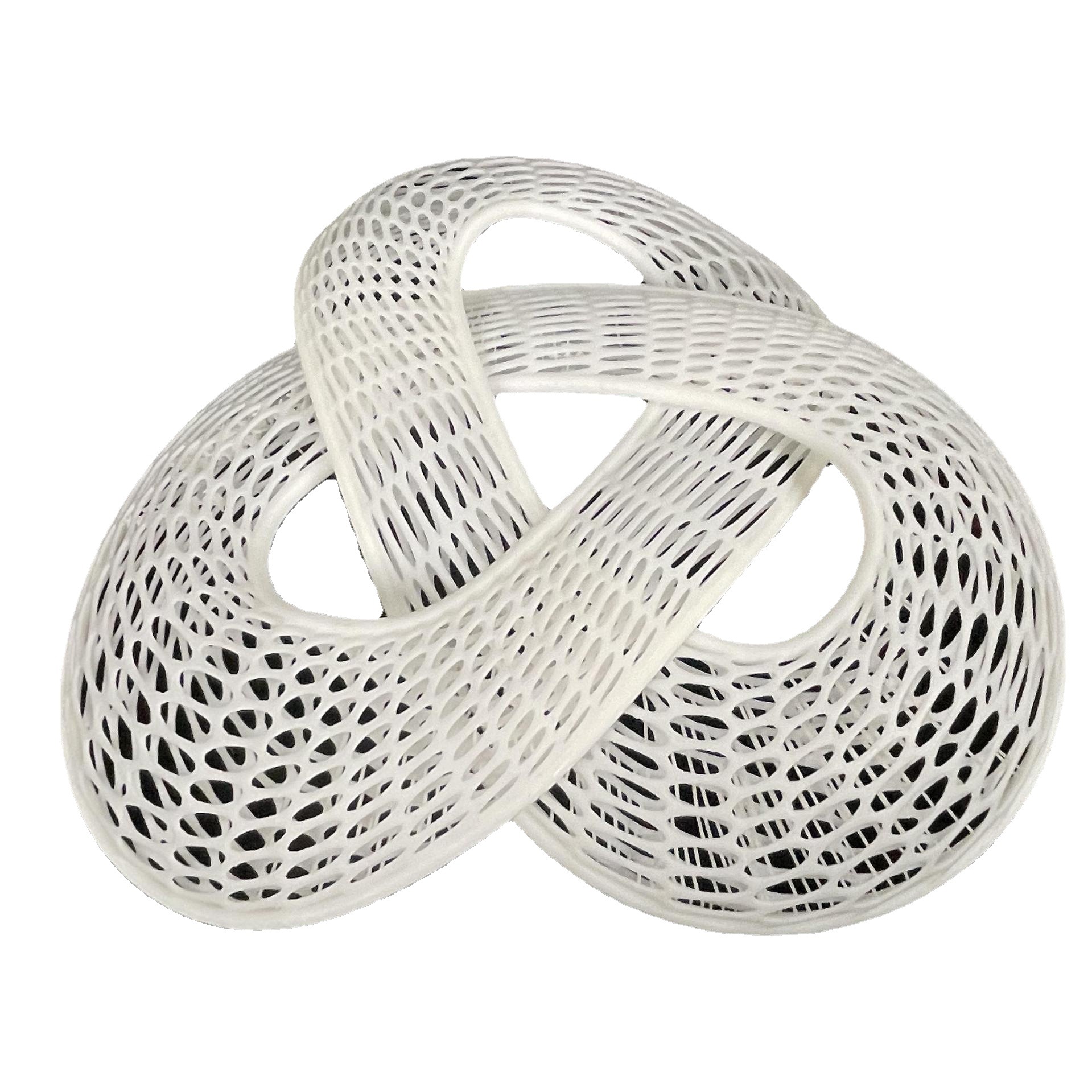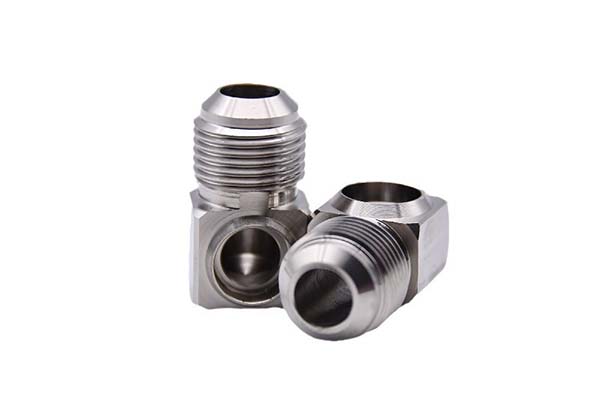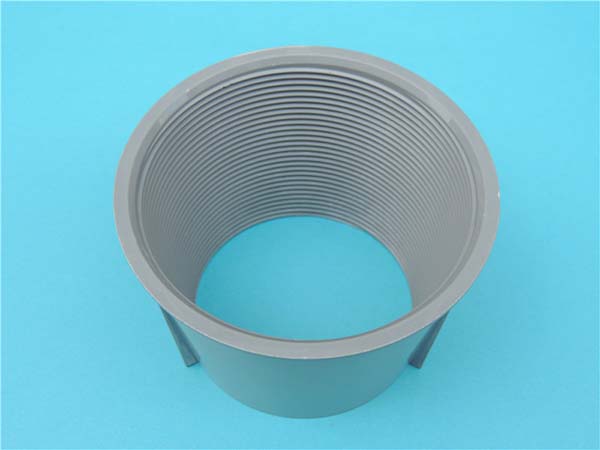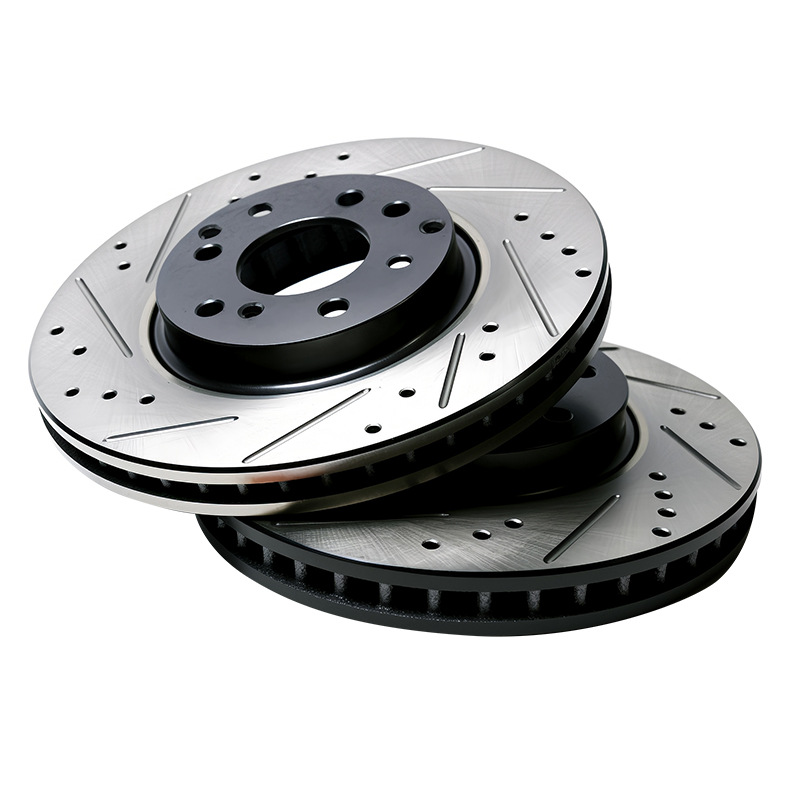Introduction to 3D Printing Design Services
In today’s fast-paced technological environment, 3D printing design services have emerged as a transformative force across various industries. These services harness the power of additive manufacturing to create physical objects from digital designs. Unlike traditional manufacturing, which involves subtracting material from a larger piece, 3D printing builds parts layer by layer, offering a wealth of benefits in terms of speed, cost-efficiency, customization, and complexity. This article explores the key advantages and applications of 3D printing design services and how they are reshaping sectors like aerospace, automotive, medical, and consumer goods.
Definition and Overview
What Are 3D Printing Design Services?
3D printing design services involve creating physical objects through additive manufacturing—a process where material is deposited layer by layer based on digital 3D models. The key advantage of this method is its ability to produce highly intricate and customized designs that would be challenging or impossible with traditional manufacturing techniques. These services enable companies to develop prototypes, parts, and products quickly and efficiently.
How Do They Work?
The process begins with the creation of a 3D digital model using CAD (Computer-Aided Design) software. This model is then converted into sliced layers using slicing software, which generates instructions (G-code) for the 3D printer. Depending on the type of 3D printer and the material used, various substances such as plastics, metals, ceramics, or biological materials can be printed to create the final product.
Key Steps in the 3D Printing Process:
- Modeling: A digital 3D model is designed using CAD software.
- Slicing: The model is sliced into layers and converted into a format the printer can understand (usually G-code).
- Printing: The printer deposits material layer by layer to create the object.
- Post-Processing: Depending on the material and technology used, additional steps such as curing, polishing, or assembling may be needed.
History and Evolution
Early Beginnings
The roots of 3D printing can be traced back to the 1980s, with Chuck Hull's invention of stereolithography (SLA), which became the first commercial 3D printing technology. Over the next few decades, other methods, such as Fused Deposition Modeling (FDM) and Selective Laser Sintering (SLS), were developed, expanding the range of materials and applications for 3D printing.
Key Milestones:
- 1984: Chuck Hull patented stereolithography (SLA), the first 3D printing technology.
- 1990s: The development of FDM and SLS allowed for more material options and broader applications.
- 2000s: The advent of metal 3D printing paved the way for stronger, durable parts in industries like aerospace and automotive.
- 2010s: Bioprinting emerged, enabling the printing of biological tissues and organs, opening doors for medical applications.
- Today: The integration of AI and robotics with 3D printing is leading to even more advanced and customized manufacturing techniques.
Benefits of 3D Printing Design Services
1. Rapid Prototyping
One of the most significant advantages of 3D printing design services is the ability to rapidly prototype new designs. Traditional prototyping methods, such as injection molding or CNC machining, can be time-consuming and expensive, especially for iterative designs. 3D printing allows designers to quickly create functional prototypes, test them, and make changes almost instantly. This ability to iterate fast reduces time-to-market and ensures a smoother development process.
2. Cost-Effectiveness
Although the initial setup cost for 3D printers can be high, the long-term cost savings are substantial. Traditional manufacturing methods often require expensive molds, tooling, and setup costs, whereas 3D printing eliminates these needs. Additionally, 3D printing is more material-efficient as it only uses the material necessary to build the part, reducing waste. This is particularly valuable for low-volume or customized production, where traditional methods would be cost-prohibitive.
3. Customization and Complexity
3D printing design services excel at producing complex and customized parts. Traditional manufacturing methods often face limitations in producing intricate geometries, especially when it involves internal features or complex shapes. With 3D printing, designers can create highly customized parts in a single print without the need for assembly. This ability is crucial in industries such as medical implants or aerospace, where precision and customization are key.
4. Material Versatility
3D printing supports a wide variety of materials—ranging from plastics and metals to ceramics, composites, and even biological substances. This allows manufacturers to create parts with specific material properties suited to their application, such as heat resistance, flexibility, or strength. Moreover, advances in material science are continuously expanding the range of available materials for 3D printing, making it increasingly versatile.
Applications Across Industries
1. Aerospace
The aerospace industry was an early adopter of 3D printing due to its potential to reduce part weight, improve performance, and streamline production. Companies like Airbus and Boeing use 3D printing to manufacture lightweight components, turbine blades, and engine parts, all of which contribute to more fuel-efficient aircraft. 3D printing also helps reduce time-to-market for new models by enabling rapid iteration and testing.
2. Automotive
In the automotive sector, 3D printing has revolutionized both design and production. Companies like Ford and Ferrari use 3D printing to produce custom parts, create rapid prototypes, and even manufacture full vehicle bodies. This capability allows for more efficient supply chains and on-demand production. It also opens up opportunities for creating lightweight, high-performance parts with intricate geometries.
3. Medical
3D printing design services have had a profound impact on the medical field. From creating custom prosthetics and implants to bioprinting tissues and organs, 3D printing is revolutionizing patient care. For example, hospitals can now print personalized surgical guides and anatomical models to assist in complex surgeries, improving precision and patient outcomes. Companies like Stratasys and Materialise are pioneering advancements in bioprinting.
4. Consumer Products
The consumer goods industry is increasingly embracing 3D printing for everything from customized footwear to personalized fashion accessories. Companies like Adidas have created 3D-printed footwear with enhanced performance features tailored to individual needs. Fashion brands are also experimenting with 3D-printed garments and jewelry, offering consumers more personalized products.
Case Studies and Success Stories
Aerospace: GE Aviation
GE Aviation has pioneered the use of 3D printing for jet engine components. A notable example is the fuel nozzle for their LEAP jet engine, which is 25% lighter and five times more durable than traditionally manufactured nozzles. This innovation improves fuel efficiency and extends engine lifespan, illustrating the significant impact of 3D printing on aerospace performance.
Automotive: Local Motors
Local Motors made history by creating the Strati car, the world’s first 3D-printed vehicle. The company used a large-scale 3D printer to print the car’s body panels, demonstrating the potential for on-demand vehicle production and customization. This innovative approach opens the door for future mass customization in automotive manufacturing.
Medical: Oxford Performance Materials
Oxford Performance Materials has developed 3D-printed orthopedic implants that are both stronger and more biocompatible than traditional metal implants. Their Vertebral Interbody Fusion Device is designed to promote bone growth, reducing complications in spinal surgeries and demonstrating how 3D printing can improve patient outcomes.
Consumer Products: Adidas Futurecraft
Adidas’s Futurecraft series features 3D-printed midsoles that offer personalized comfort and enhanced performance. By using additive manufacturing, Adidas can create shoes tailored to the individual’s needs, setting new standards for athletic footwear design.
Future Trends and Innovations
1. Advanced Materials
The future of 3D printing is heavily focused on the development of advanced materials. Innovations in composites, metals, and bio-based materials are expanding the range of possible applications. New materials will enable the production of even more durable, lightweight, and functional objects, driving the next wave of 3D printing innovation.
2. Integration with AI and Machine Learning
The integration of artificial intelligence (AI) and machine learning (ML) with 3D printing can revolutionize design optimization, material usage, and error detection. AI algorithms can help optimize designs for better performance and predict issues before they occur, improving the overall efficiency and accuracy of the printing process.
3. On-Demand Manufacturing and Supply Chain Optimization
As 3D printing continues to advance, on-demand manufacturing will become more prevalent. Companies will be able to produce parts and products on demand, significantly reducing inventory costs and improving supply chain flexibility.
4. Bioprinting and Regenerative Medicine
Bioprinting holds the potential to print functional tissues and organs, addressing the global shortage of donor organs. While still in its early stages, this technology could revolutionize regenerative medicine, offering personalized healthcare solutions.
Conclusion
3D printing design services are transforming industries by offering unparalleled speed, cost-efficiency, and design flexibility. These services are enabling companies to rapidly prototype, create customized products, and revolutionize manufacturing processes across aerospace, automotive, medical, and consumer goods sectors. As technology continues to evolve, 3D printing will continue to push the boundaries of what is possible, unlocking new possibilities for innovation, efficiency, and sustainability.
